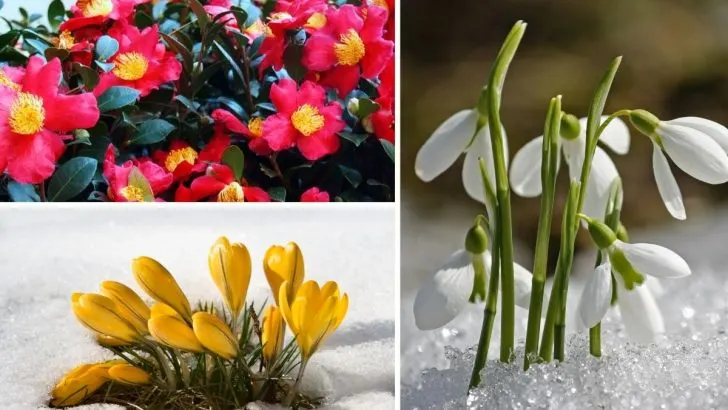Winter gardens often lack the vibrant colors we associate with other seasons. However, there are numerous overlooked flowers that can transform your garden into a visual delight even during the colder months.
Below are eleven forgotten winter flowers that deserve your attention. These blooms not only add beauty but also resilience and charm to your garden, making the winter landscape more captivating.
Hellebore
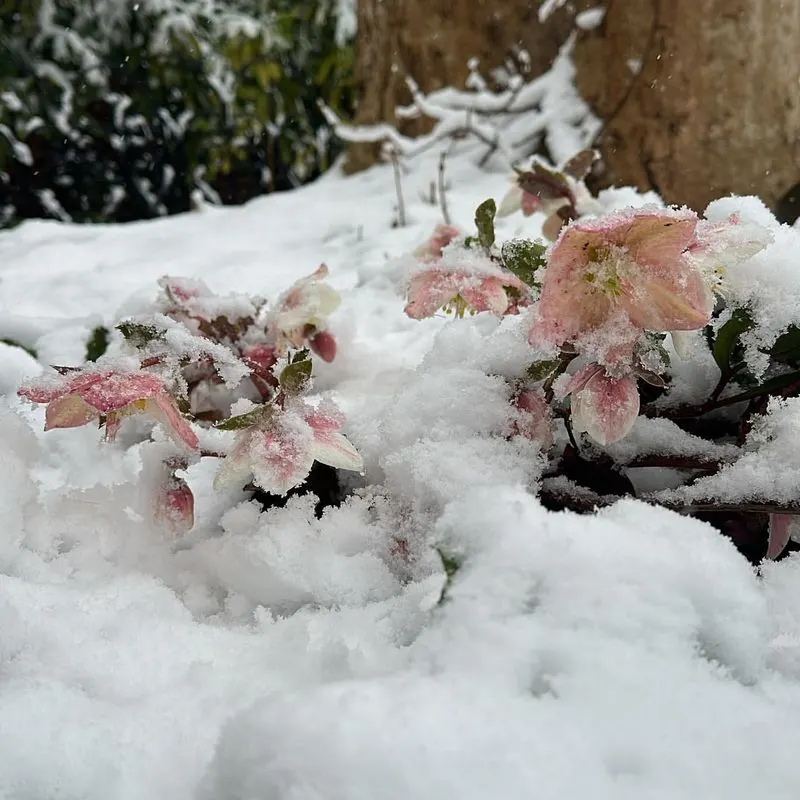
Hellebores, often known as Christmas Roses, bloom in winter, defying the cold with their elegant petals. They come in shades ranging from white to deep purples, offering a subtle yet striking presence.
These perennials thrive in shaded areas, making them perfect for gardens with less sunlight. Their evergreen foliage adds texture even when not in bloom.
Hellebores are low-maintenance, requiring minimal care once established. They are an excellent choice for adding depth and interest to your winter garden, providing a charming contrast to the bare landscape.
Winter Aconite
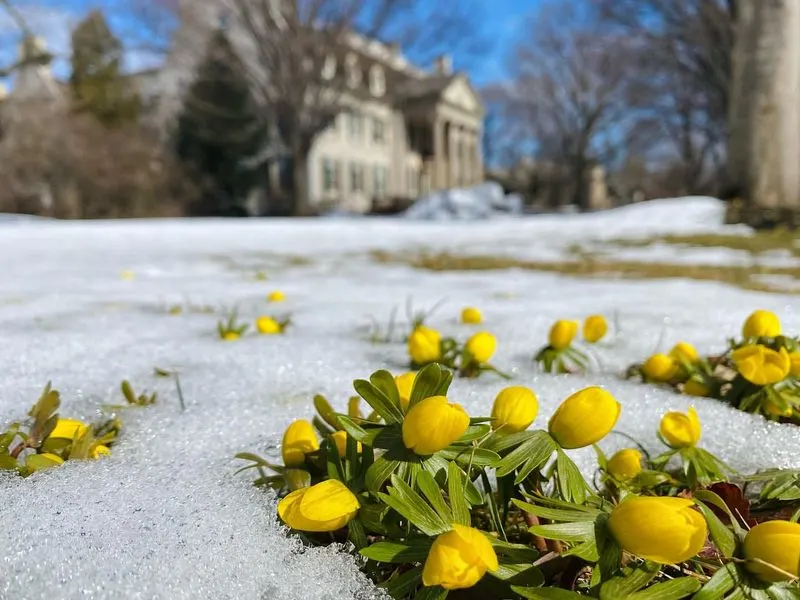
Winter Aconites bring a burst of sunshine with their yellow blooms, typically appearing in late winter. These small, buttercup-like flowers create a cheerful display against a snowy backdrop.
They are best planted en masse to form a vibrant carpet of color. Winter Aconites are easy to grow and naturalize well, spreading joy year after year.
Plant them under deciduous trees or shrubs for a natural look. Their early blooming nature provides vital nectar for pollinators when other food sources are scarce.
Snowdrops
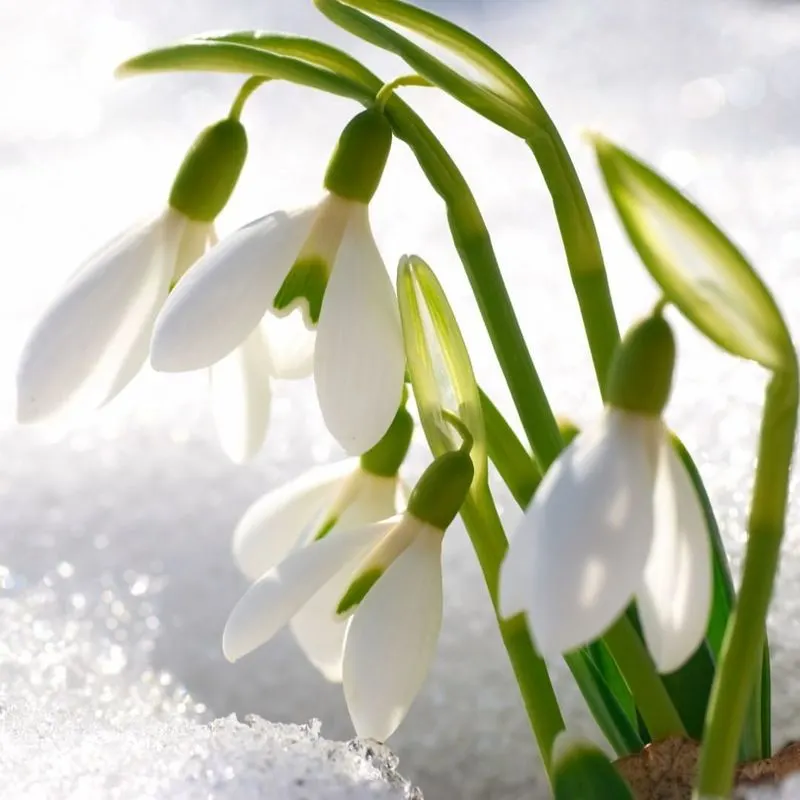
Snowdrops are among the first flowers to herald the end of winter, with their delicate, drooping white flowers. These bulbs thrive in well-drained soil and prefer a partially shaded location.
Their understated beauty can light up the garden in the bleakest months, and they are particularly stunning when planted in clumps. They can be paired with other winter bloomers for an enhanced effect.
Snowdrops are hardy and require little maintenance, making them perfect for gardeners of all skill levels seeking low-effort beauty.
Cyclamen Coum
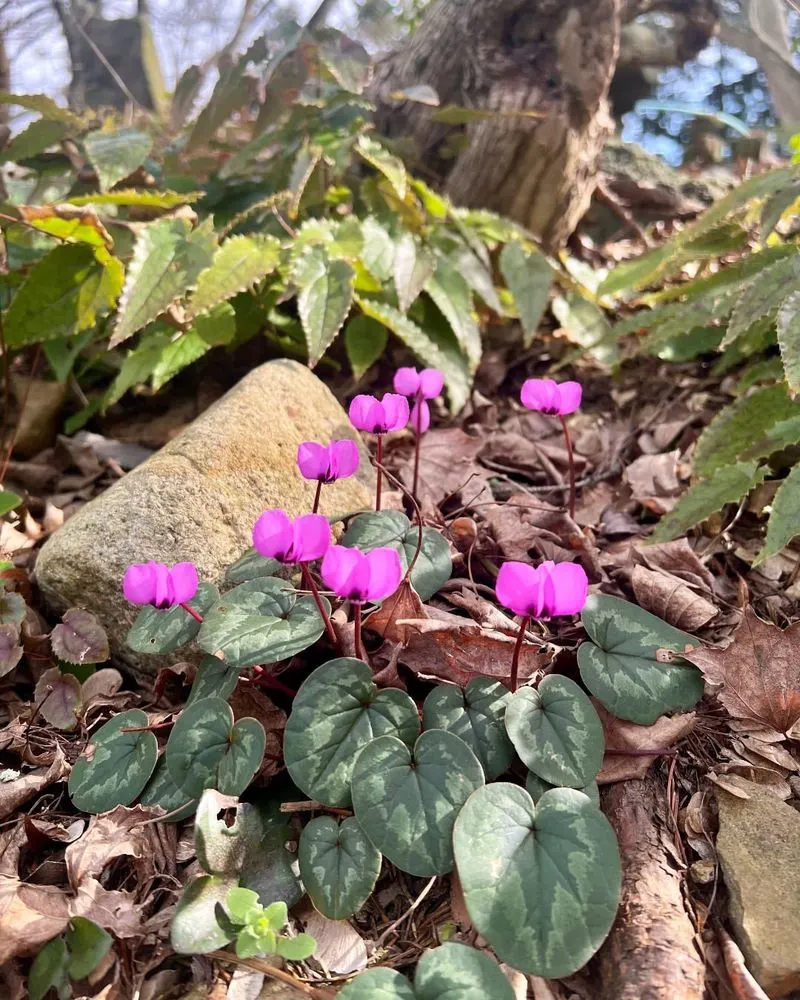
Cyclamen Coum offers vibrant splashes of pink and white during the winter months. These flowers boast heart-shaped leaves and delicate blooms that appear from late winter to early spring.
Ideal for woodland gardens, they thrive in shady areas with well-drained soil. Cyclamen Coum requires little maintenance once established and can naturalize over time.
Their charming appearance makes them a favorite for winter floral displays, adding a pop of color to the otherwise muted winter palette. These hardy plants are perfect for brightening up any garden corner.
Winter Jasmine
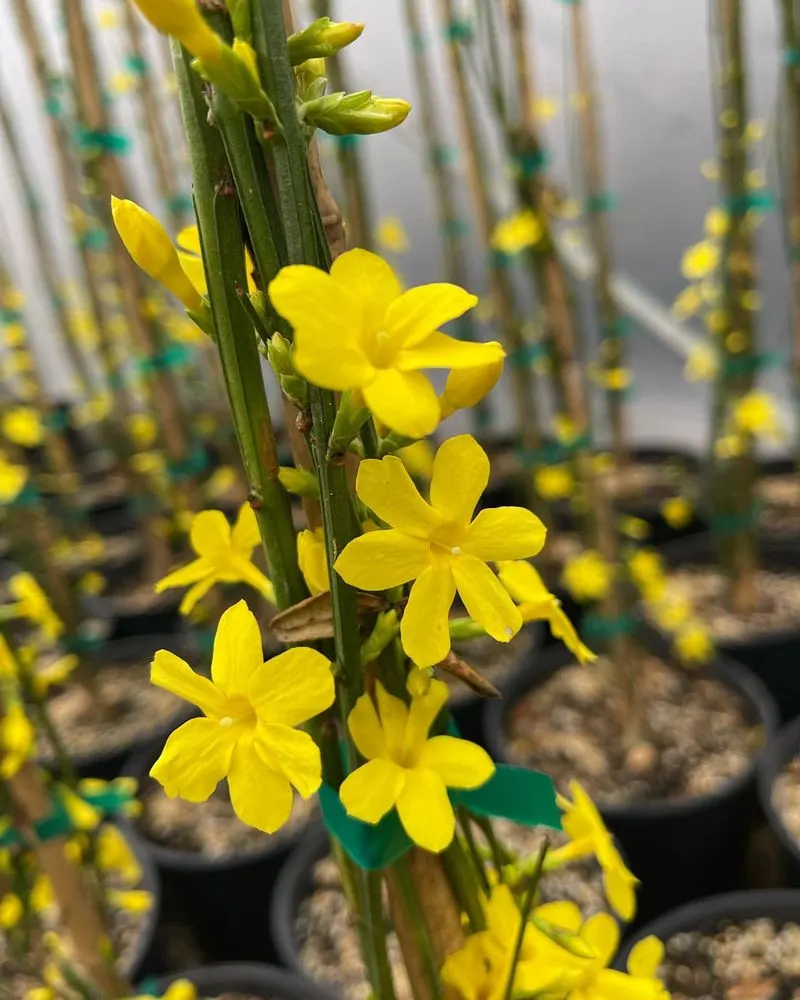
Winter Jasmine is a vigorous climber known for its bright yellow flowers that bloom in winter. This deciduous shrub can easily be trained over trellises or walls, adding vertical interest to your garden.
Its cheerful blooms provide a welcome splash of color during the cold months. Winter Jasmine is hardy and adaptable, tolerating a range of soil conditions.
It requires minimal pruning to maintain its shape. Ideal for gardeners looking to add structure and color to their winter garden, this plant is both functional and ornamental.
Mahonia
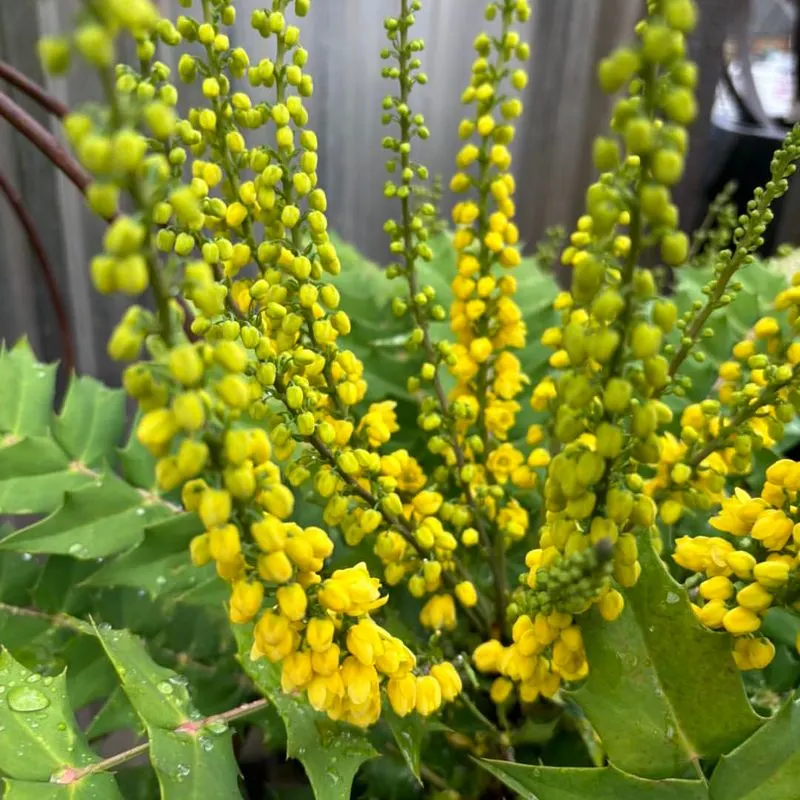
Mahonia, with its spiky, evergreen leaves and yellow flowers, adds drama to any winter garden. Blooming from late fall through winter, it provides a key food source for pollinators.
Its architectural form and vibrant blooms make it a standout feature in any landscape. Mahonia is tough and adaptable, thriving in a variety of conditions, including shade and poor soil.
This resilience makes it a great choice for less-than-ideal garden spots. Alongside its ornamental value, Mahonia’s berries attract wildlife, adding life to your winter garden.
Sarcococca
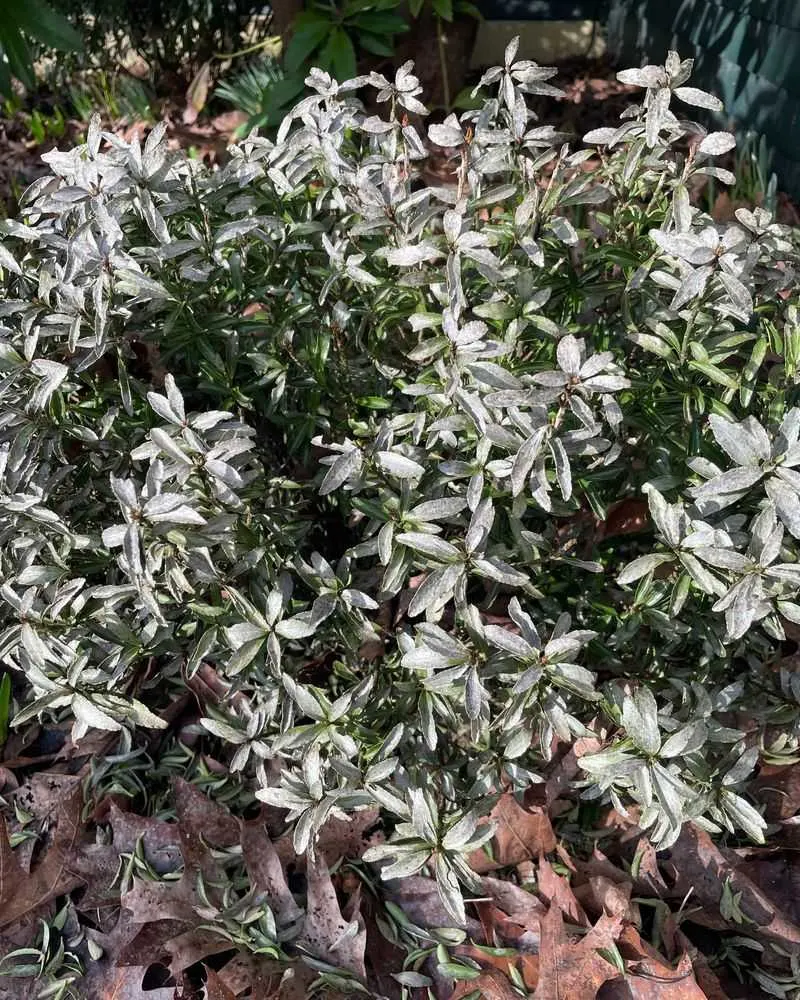
Sarcococca, often called Sweet Box, is notable for its intoxicating fragrance during the winter months. Its small, creamy-white flowers are understated but highly aromatic.
This evergreen shrub is perfect for shaded areas, with glossy leaves that provide year-round interest. Sarcococca is low-maintenance and can tolerate a range of soil types, making it a versatile addition to any garden.
Its ability to thrive in difficult conditions and urban settings makes it ideal for garden enthusiasts looking for a fragrant winter plant that requires little attention.
Winter Honeysuckle
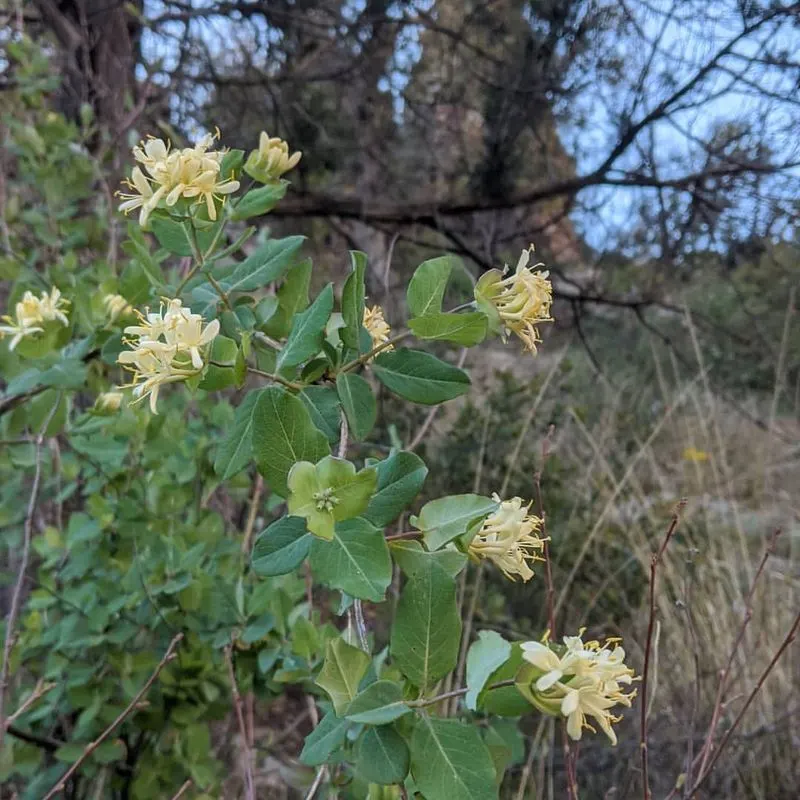
Winter Honeysuckle is a hardy shrub known for its sweetly scented white flowers. Blooming in late winter, it offers an olfactory delight when few other plants are flowering.
This shrub is easy to grow and can thrive in various soil types, though it prefers sunny locations. Its fragrant blooms attract early pollinators, supporting garden biodiversity.
Winter Honeysuckle is perfect for informal hedges or as a standalone bush, adding charm and scent to your winter garden.
It’s an excellent choice for those seeking both beauty and aroma in cold months.
Camellia ‘Yuletide’
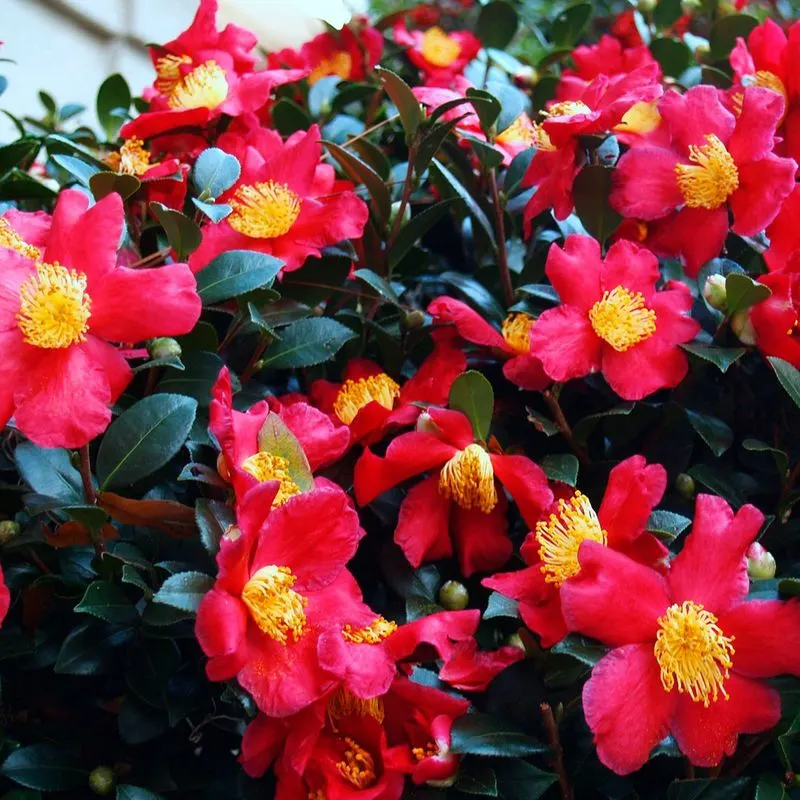
Camellia ‘Yuletide’ is a stunning winter bloomer with vibrant red flowers and striking yellow stamens. Its glossy, evergreen foliage provides a lush backdrop to the vivid blooms.
This variety is well-suited to protected spots in the garden, where it can be sheltered from harsh winds. Camellia ‘Yuletide’ thrives in acidic, well-drained soil and partial shade, making it an elegant addition to winter floral displays.
Its festive appearance and resilience make it a favorite for those looking to add color and elegance to their winter gardens.
Lenten Rose
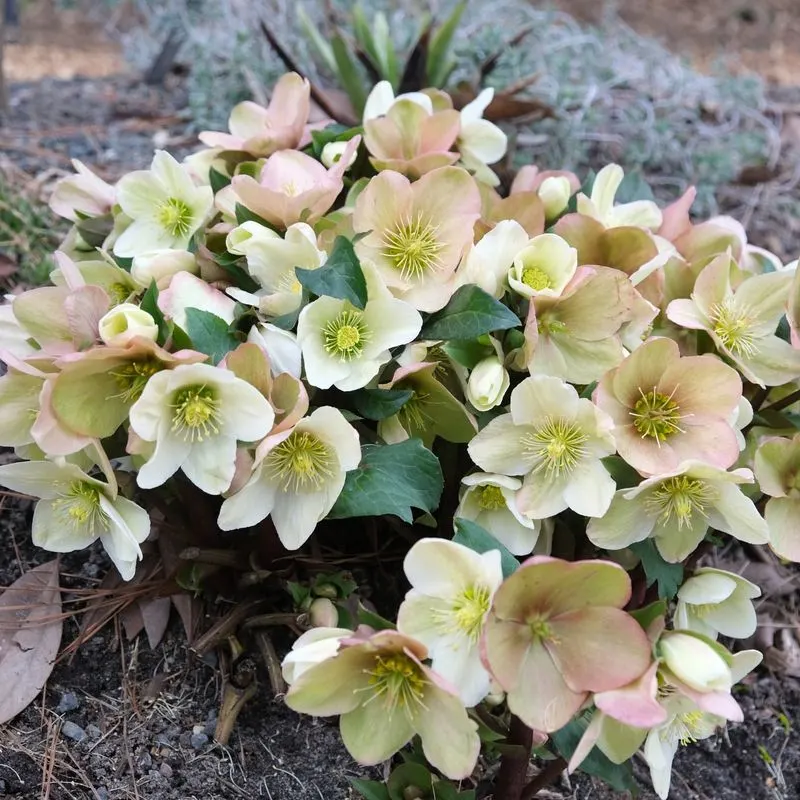
Lenten Roses, or Helleborus orientalis, are cherished for their long-lasting winter blooms. These plants are available in an array of colors, including pinks, purples, and whites.
They thrive in partially shaded areas with rich, well-drained soil. Lenten Roses are drought-tolerant once established and can add beauty to low-maintenance gardens.
Their nodding flowers provide a subtle elegance, making them ideal for borders or mixed plantings in winter gardens. These hardy perennials offer an enduring bloom that persists through the toughest weather conditions.
Edgeworthia
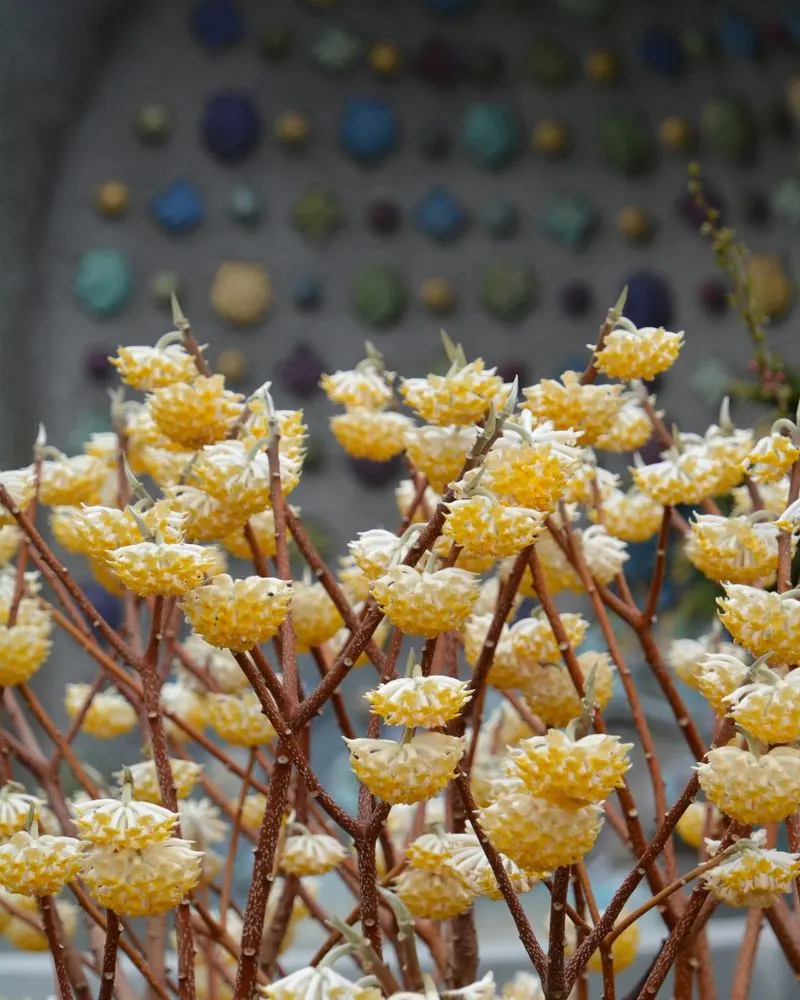
Edgeworthia, also known as Paperbush, is a unique winter bloomer with clusters of fragrant yellow flowers. These blooms appear on bare stems, adding an intriguing architectural element to the garden.
Edgeworthia prefers a sheltered location with well-drained soil and partial shade. Its fragrance and striking form make it a standout choice for winter planting.
The plant’s resilience and adaptability further enhance its appeal.
For those looking to introduce scent and structure to their winter landscapes, Edgeworthia offers both beauty and uniqueness, ensuring your garden remains vibrant year-round.

